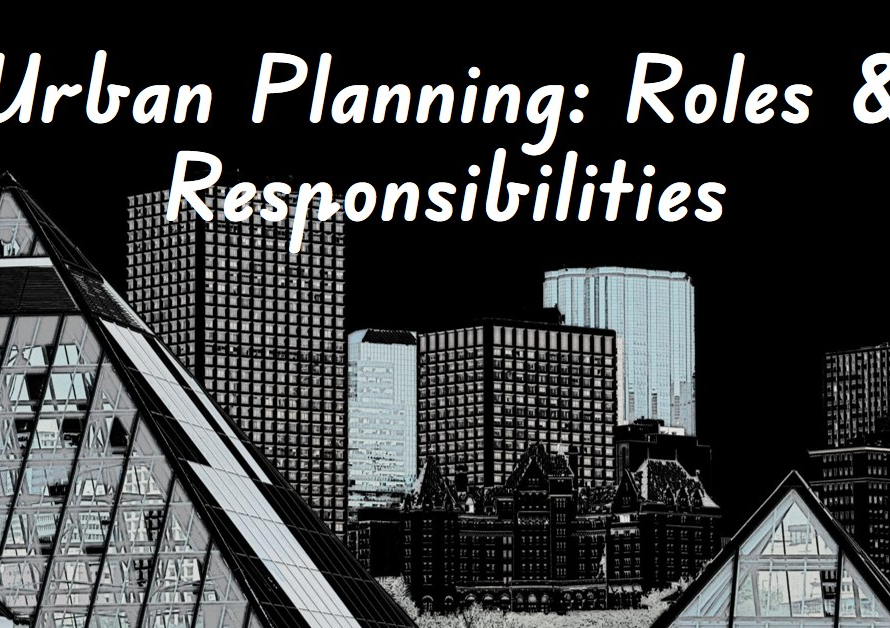
Table of Contents
- Introduction: Understanding Urban Planning
- The History of Urban Planning: A Journey Through Time
- Core Principles of Urban Planning: The Foundation of Cities
- Sustainable Urban Development: Balancing Growth and Conservation
- Community Engagement: The Heart of Urban Planning
- Technological Advancements: Shaping the Future of Urban Planning
- Challenges in Urban Planning: Navigating Complexities
- Case Studies: Exemplary Urban Planning Projects
- The Future of Urban Planning: Trends and Predictions
- Conclusion: The Path Forward
Introduction: Understanding Urban Planning
Urban planning is the strategic process of designing and regulating the use of spaces in urban areas. This discipline encompasses the development and implementation of policies and plans to enhance the quality of life in cities and towns. Urban planners strive to create sustainable, functional, and aesthetically pleasing environments that cater to the needs of the community.
Urban planning is multifaceted, addressing various aspects such as land use, transportation, housing, recreation, and environment. This guide aims to provide a comprehensive overview of urban planning, exploring its core principles, methodologies, and the challenges faced by urban planners in the modern world.
The History of Urban Planning: A Journey Through Time
Urban planning is not a modern invention; its roots can be traced back to ancient civilizations. The early cities of Mesopotamia, Egypt, and the Indus Valley exhibit evidence of organized layouts and infrastructure planning. For instance, the city of Mohenjo-Daro, built around 2500 BCE, featured a grid layout and sophisticated drainage systems.
As civilizations evolved, so did urban planning. The Roman Empire, known for its advanced engineering, developed cities with extensive road networks, aqueducts, and public spaces. The Renaissance brought about a renewed interest in urban aesthetics, leading to the creation of grand cityscapes like those seen in Paris and Rome. Today, urban planning is a complex and dynamic field, influenced by technological advancements, socio-economic changes, and environmental concerns.
Core Principles of Urban Planning: The Foundation of Cities
Urban planning is guided by several core principles that aim to create livable, sustainable, and resilient cities. One of the primary principles is the efficient use of land. This involves zoning regulations that designate specific areas for residential, commercial, industrial, and recreational purposes, ensuring a balanced and harmonious development.
Another crucial principle is connectivity. Urban planners focus on creating well-connected transportation networks that facilitate easy movement of people and goods. This includes the development of roads, public transit systems, pedestrian pathways, and cycling routes. Connectivity also extends to digital infrastructure, ensuring that cities are equipped with modern communication technologies.
Sustainable Urban Development: Balancing Growth and Conservation
Sustainability is a key consideration in urban planning. Planners aim to balance urban growth with the conservation of natural resources and the environment. This involves integrating green spaces, such as parks and gardens, within urban areas to enhance biodiversity and provide recreational spaces for residents.
Moreover, sustainable urban planning promotes the use of renewable energy sources and energy-efficient building practices. Planners advocate for the incorporation of green building standards, such as LEED certification, to minimize the environmental footprint of new constructions. Water management, waste reduction, and pollution control are also integral components of sustainable urban planning.
Community Engagement: The Heart of Urban Planning
Effective urban planning is rooted in community engagement. Planners actively involve residents in the decision-making process, ensuring that the plans reflect the needs and aspirations of the community. Public consultations, workshops, and surveys are common methods used to gather input from citizens.
Community engagement fosters a sense of ownership and accountability among residents, leading to more successful implementation of urban plans. It also helps identify and address potential conflicts or concerns early in the planning process. By incorporating diverse perspectives, urban planners can create inclusive and equitable environments.
Technological Advancements: Shaping the Future of Urban Planning
The advent of technology has revolutionized urban planning. Geographic Information Systems (GIS) and computer-aided design (CAD) tools enable planners to visualize and analyze spatial data with precision. These technologies facilitate the creation of detailed maps, 3D models, and simulations, enhancing the accuracy and efficiency of urban planning.
Moreover, smart city technologies are transforming urban environments. The integration of Internet of Things (IoT) devices, sensors, and data analytics enables real-time monitoring and management of urban systems. This includes traffic management, energy consumption, waste collection, and public safety. As technology continues to evolve, urban planning will become increasingly data-driven and responsive to the needs of the community.
Challenges in Urban Planning: Navigating Complexities
Urban planning is fraught with challenges that require innovative solutions. Rapid urbanization is one of the most pressing issues, leading to overcrowded cities, inadequate infrastructure, and strained public services. Planners must devise strategies to accommodate population growth while maintaining the quality of life. Economic disparities and social inequalities pose additional challenges. Planners must ensure that urban development benefits all segments of the population, including marginalized communities. This involves addressing affordable housing, access to public services, and job opportunities.
Environmental concerns, such as climate change and natural disasters, also impact urban planning. Planners must develop resilient cities that can withstand and recover from adverse events. This includes designing flood defenses, earthquake-resistant structures, and sustainable drainage systems.


Case Studies: Exemplary Urban Planning Projects
Examining successful urban planning projects provides valuable insights into best practices and innovative approaches. One notable example is the transformation of Curitiba, Brazil, into a model of sustainable urban development. The city implemented an integrated transportation system, extensive green spaces, and innovative waste management practices, significantly improving the quality of life for its residents.
Another exemplary project is the redevelopment of the High Line in New York City. The abandoned elevated railway was converted into a linear park, revitalizing the surrounding neighborhoods and attracting millions of visitors annually. The project demonstrates the potential of adaptive reuse and the importance of public spaces in urban environments.
The Future of Urban Planning: Trends and Predictions
The future of urban planning is shaped by emerging trends and evolving priorities. One significant trend is the shift towards mixed-use developments. These projects combine residential, commercial, and recreational spaces, promoting vibrant and walkable neighborhoods. Mixed-use developments reduce the need for long commutes and foster a sense of community. Another trend is the focus on resilient cities. As climate change intensifies, urban planners are prioritizing resilience strategies to mitigate the impacts of extreme weather events. This includes designing green infrastructure, such as permeable pavements and urban forests, to manage storm water and reduce heat island effects.
Additionally, the rise of autonomous vehicles is set to transform urban transportation. Planners are exploring the implications of self-driving cars on traffic flow, parking requirements, and urban design. Autonomous vehicles have the potential to reduce congestion and enhance mobility, particularly for the elderly and disabled.
Conclusion: The Path Forward
Urban planning is an essential discipline that shapes the future of our cities and towns. It is a complex, dynamic field that requires a multidisciplinary approach, incorporating elements of architecture, engineering, sociology, and environmental science. By adhering to core principles, embracing technological advancements, and actively engaging with communities, urban planners can create sustainable, livable, and resilient urban environments.
As we look to the future, urban planning will continue to evolve, responding to emerging challenges and opportunities. Planners must remain adaptable and innovative, leveraging new tools and methodologies to design cities that meet the needs of present and future generations. Ultimately, the success of urban planning lies in its ability to improve the quality of life for all residents, fostering inclusive, vibrant, and sustainable communities.



